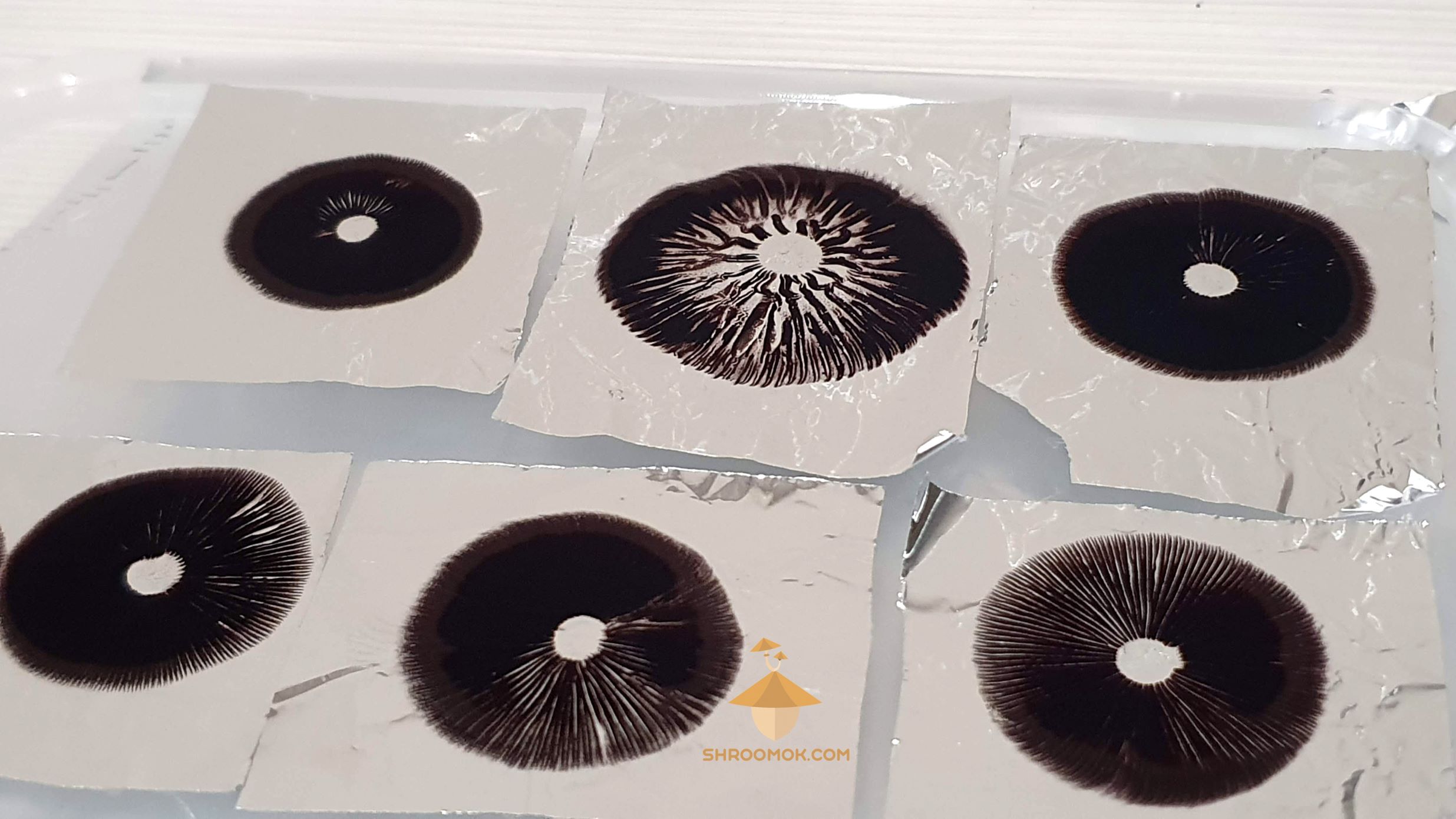

Articles
How To Store Spore Print
Modified: December 7, 2023
Learn the proper technique on how to store spore print articles and ensure their longevity. Keep your collection safe and usable for future reference.
(Many of the links in this article redirect to a specific reviewed product. Your purchase of these products through affiliate links helps to generate commission for Storables.com, at no extra cost. Learn more)
Introduction
Welcome to the fascinating world of mushroom cultivation! If you’ve recently discovered the joys of foraging for wild mushrooms or are a seasoned mycophile, you’ve probably come across the term “spore print.” A spore print is a unique way to identify different mushroom species based on the color and pattern of their spores. Not only is it a handy tool for mushroom identification, but it can also serve as a valuable resource for future cultivation projects.
In this article, we will explore the importance of storing spore prints and provide you with a step-by-step guide on how to do it properly. We will also share some essential tips and common mistakes to avoid, ensuring that your spore prints remain viable and ready for use whenever you need them.
Key Takeaways:
- Properly storing spore prints is crucial for mushroom enthusiasts, as it enables reliable identification, supports future cultivation projects, and preserves genetic diversity for healthy and vigorous mushroom yields.
- To maintain the viability of spore prints, store them in a cool, dry, and dark environment, use glassine envelopes or airtight containers, and follow essential tips such as regular inspection and proper labeling.
Read more: How To Store A Spore Print
What is a Spore Print?
A spore print is essentially a collection of spores derived from the cap of a mushroom. When a mature mushroom releases its spores, they fall onto a surface below, leaving behind a distinct pattern or color that can be used to identify the species. The spores are microscopic in nature and serve as the reproductive units of fungi.
To create a spore print, you need to carefully remove the mushroom cap and place it gill-side down on a clean surface. The spores will gradually drop from the gills and form a visible impression. The color of the spores can range from white, cream, yellow, brown, black, or even purple, depending on the mushroom species.
Spore prints are an invaluable tool for mushroom identification. Each species has a unique spore color and pattern that can help differentiate it from similar-looking mushrooms. This information is particularly useful for amateur mycologists, foragers, and mushroom enthusiasts who want to confidently identify the mushrooms they encounter in the wild.
In addition to identifying mushrooms, spore prints are also essential for those interested in cultivating mushrooms at home. By collecting and storing spore prints, you can use them to inoculate substrates or grow your own mushrooms from scratch. This allows you to have a sustainable supply of your favorite mushroom species throughout the year.
Now that we understand what a spore print is and its significance, let’s delve into the reasons why it is crucial to store spore prints properly to maintain their viability.
Why is it Important to Store Spore Prints?
Properly storing spore prints is vital for several reasons:
- Mushroom Identification: Spore prints are a reliable method to identify mushrooms. By storing spore prints, you can refer to them later to confirm the species of a mushroom you’ve found. This information is crucial for distinguishing between edible and poisonous mushrooms.
- Future Cultivation: Storing spore prints allows you to cultivate mushrooms at a later time. Spores collected from a print can be used to inoculate a growth medium and grow mushrooms from scratch. This opens up a world of possibilities for mushroom enthusiasts to cultivate specific species or experiment with different mushroom varieties.
- Preservation of Genetic Diversity: Mushroom cultivation relies on genetic diversity to ensure healthy and vigorous mushroom yields. By storing diverse spore prints, you can preserve the genetic variation of different mushroom strains. This helps maintain the vitality and adaptability of cultivated mushroom populations over time.
- Research and Education: Spore prints have significant value in scientific research and educational settings. They serve as references for studying fungal taxonomy, morphology, and evolutionary relationships. Storing spore prints ensures easy access to a wide range of mushroom species for research purposes.
By taking the time to store spore prints properly, you can maximize their potential use in mushroom identification, cultivation, research, and education. Now, let’s move on to the materials you’ll need to store spore prints effectively.
Materials Needed for Storing Spore Prints
Before you begin storing your spore prints, it’s essential to gather the necessary materials. Here are the items you’ll need:
- Mushroom Caps: Start by collecting mushroom caps from the species you want to store. Choose mature mushrooms with well-developed gills for optimal spore production.
- White Paper or Cardstock: Use clean, white paper or cardstock as the surface for creating spore prints. The paper should be large enough to accommodate the size of the mushroom cap.
- Glassine Envelopes or Small Airtight Containers: To store the spore prints, you’ll need glassine envelopes or small airtight containers. These will help protect the spores from moisture and maintain their viability.
- Labels and Markers: It’s crucial to label each spore print with the mushroom species and the date of collection. Use waterproof markers or adhesive labels to ensure the information remains intact.
- Cool, Dry, and Dark Storage Space: Find a cool, dry, and dark location to store your spore prints. A pantry, drawer, or dedicated mushroom storage area works well.
With these materials in hand, you’re ready to start storing your spore prints. In the next section, we will walk you through a step-by-step guide on how to store spore prints effectively.
Store spore prints in a cool, dry place away from direct sunlight. Place them in a sealed container with a desiccant packet to absorb any moisture and prevent mold growth.
Step-by-Step Guide: How to Store Spore Prints
Follow these step-by-step instructions to store your spore prints properly:
- Collect Mushroom Caps: Select mature mushroom caps with well-developed gills. Gently twist or cut the cap from the stem, ensuring minimal damage to the gills.
- Prepare the Surface: Place a clean, white piece of paper or cardstock on a flat surface. Ensure the surface is clean, dry, and free from any contaminants.
- Create Spore Prints: Take the mushroom cap and place it gill-side down on the paper. Cover the cap with a glass or bowl to create a humid environment and encourage spore release. Leave the cap undisturbed for 6 to 24 hours to allow sufficient time for spore deposition. The spores will form a distinct pattern or color on the paper.
- Remove the Mushroom Cap: Once you are satisfied with the spore print, carefully lift the mushroom cap off the paper. Be cautious not to smudge or disrupt the spore pattern.
- Label and Store: Label each spore print with the mushroom species and the date of collection using waterproof markers or adhesive labels. Place each spore print in a glassine envelope or a small airtight container. Make sure the containers are clean and dry before use.
- Store in a Cool, Dry, and Dark Place: Find a cool, dry, and dark location to store the spore prints. A pantry, drawer, or dedicated mushroom storage area works well. Moisture, light, and extreme temperature changes can decrease the viability of the spores, so it is crucial to provide a stable environment.
By following these steps, you can successfully store your spore prints and ensure their longevity. However, it’s important to keep in mind some essential tips to maintain the viability of the spores, which we will discuss in the next section.
Read more: How To Store Mushroom Spore Prints
Tips for Proper Spore Print Storage
To ensure the longevity and viability of your spore prints, consider the following tips for proper storage:
- Keep it Dry: Moisture is the enemy of spore prints. Store them in a dry environment to prevent fungal growth or damage to the spores. Avoid exposing the spore prints to high humidity or direct contact with water.
- Avoid Direct Sunlight: Light can degrade the spores and reduce their viability. Store the spore prints in a dark place, away from direct sunlight and intense artificial light sources.
- Control Temperature: Fluctuations in temperature can negatively impact the spores. Store them in a cool location, preferably around 50-60°F (10-15°C), to maintain their viability for an extended period.
- Label and Organize: Properly label each spore print with the mushroom species and collection date. This will help you keep track of the different prints and ensure easy identification when needed.
- Use Glassine Envelopes: Glassine envelopes are ideal for storing spore prints as they are moisture-resistant and allow for adequate air circulation. These envelopes also provide protection against physical damage and help maintain the spores’ integrity.
- Store in airtight containers: If you opt for small airtight containers instead of glassine envelopes, make sure they are clean and completely airtight to prevent moisture and air exposure.
- Maintain a Record: Keep a record of the spore prints you have stored and their respective mushroom species. This information will come in handy when you want to retrieve or use the spores for future mushroom projects.
- Regularly Check for Contamination: Periodically inspect the stored spore prints for any signs of mold, mildew, or other forms of contamination. If you notice any issues, discard the affected prints to prevent the spread of contaminants.
- Consider Long-Term Storage Options: If you plan to store spore prints for an extended period, consider additional measures like vacuum-sealing or storing in a desiccator to further protect them from moisture and degradation.
By following these tips, you can optimize the storage conditions for your spore prints and ensure the longevity and viability of the spores. Before we wrap up, let’s explore some common mistakes to avoid when storing spore prints.
Common Mistakes to Avoid
When it comes to storing spore prints, there are a few common mistakes that you should avoid to maintain the quality and viability of the spores:
- Using Contaminated Materials: Ensure that all the materials you use for collecting and storing spore prints are clean and free from contaminants. Contamination can compromise the integrity of the spores and lead to unsuccessful cultivation attempts.
- Exposing Spore Prints to Moisture: Moisture is the enemy of spore prints. Avoid exposing them to high humidity, water droplets, or damp surfaces. Moisture can lead to mold growth and damage the spores, rendering them useless.
- Storing in Inadequate Conditions: Proper storage conditions are crucial for preserving spore prints. Avoid storing them in places that are subject to temperature fluctuations, excessive heat, or direct sunlight. Optimal conditions involve cool, dry, and dark locations.
- Neglecting Proper Labeling: Failing to label your spore prints with the mushroom species and collection date can lead to confusion and difficulty in identification later on. Take the time to label each print clearly and accurately.
- Skipping Regular Inspections: It’s important to check your stored spore prints regularly for any signs of contamination or degradation. If you neglect to inspect them, you run the risk of using compromised or contaminated spores in future cultivation attempts.
- Storing Unviable Spore Prints: Not all spore prints are viable. Some prints may have low spore counts or spores that are no longer viable for germination. It’s essential to assess the quality of the spore print before storing it to avoid disappointment down the line.
By avoiding these common mistakes, you can ensure that your spore prints remain in optimal condition and ready for use whenever you need them. On that note, let’s wrap up this article.
Conclusion
Properly storing spore prints is not only essential for mushroom identification but also opens up a world of possibilities for cultivation, research, and education. By following the step-by-step guide and implementing the tips provided in this article, you can ensure the longevity and viability of your spore prints.
Remember, spore prints are valuable resources for identifying mushrooms, preserving genetic diversity, and cultivating specific mushroom species. By collecting and storing spore prints in a cool, dry, and dark environment, you can maintain their integrity and use them confidently for future projects.
Avoid common mistakes such as using contaminated materials, exposing the prints to moisture, and neglecting proper labeling and regular inspections. These simple precautions can help you avoid disappointment and maximize the success of your mushroom cultivation endeavors.
Whether you are an avid forager, an amateur mycologist, or simply a mushroom enthusiast, properly storing spore prints will ensure that you have a reliable resource for mushroom identification and cultivation. Hone your skills, experiment with different mushroom species, and enjoy the fascinating world of mushrooms!
Now that you have a comprehensive understanding of how to store spore prints, it’s time to put your knowledge into practice. Happy mushroom hunting and successful cultivation!
Frequently Asked Questions about How To Store Spore Print
Was this page helpful?
At Storables.com, we guarantee accurate and reliable information. Our content, validated by Expert Board Contributors, is crafted following stringent Editorial Policies. We're committed to providing you with well-researched, expert-backed insights for all your informational needs.
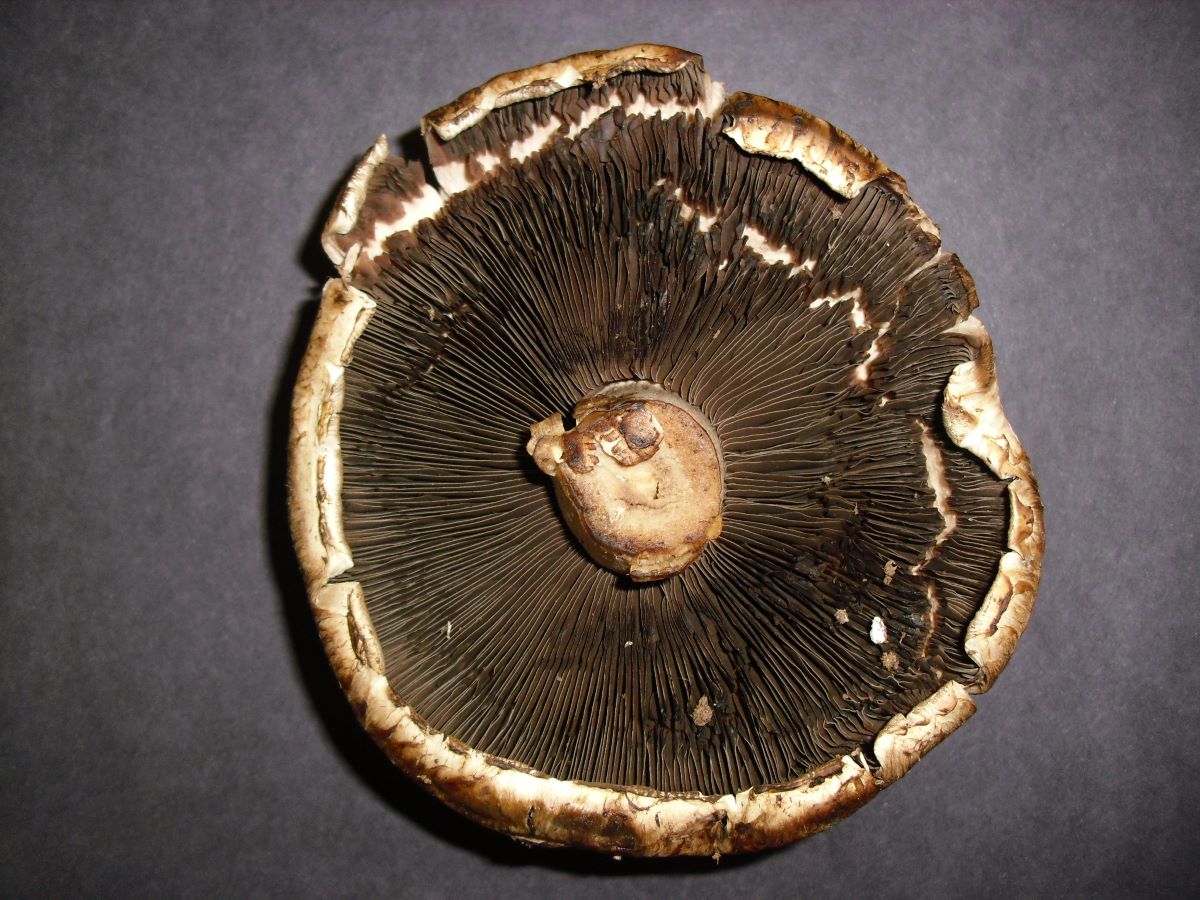
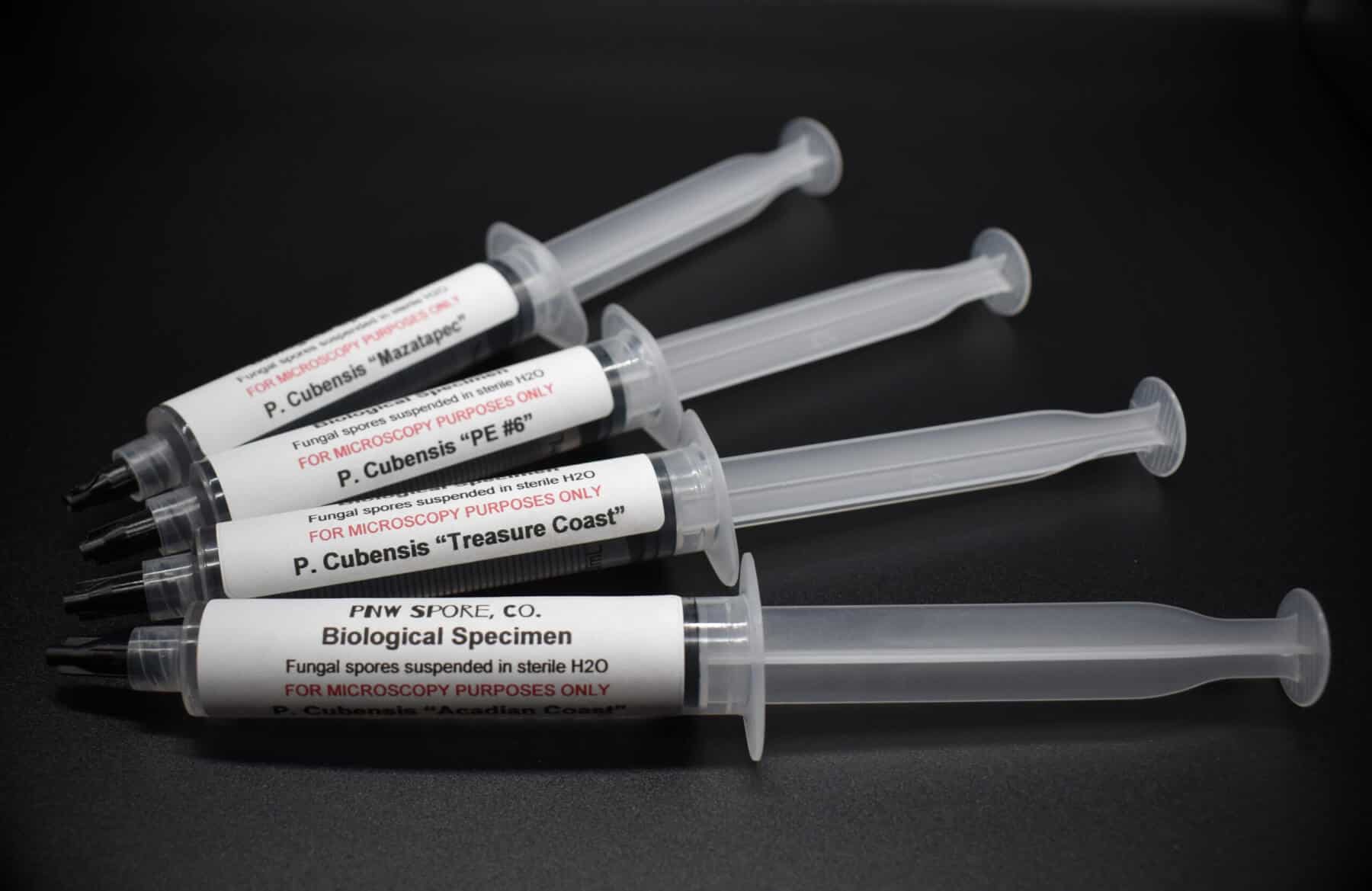
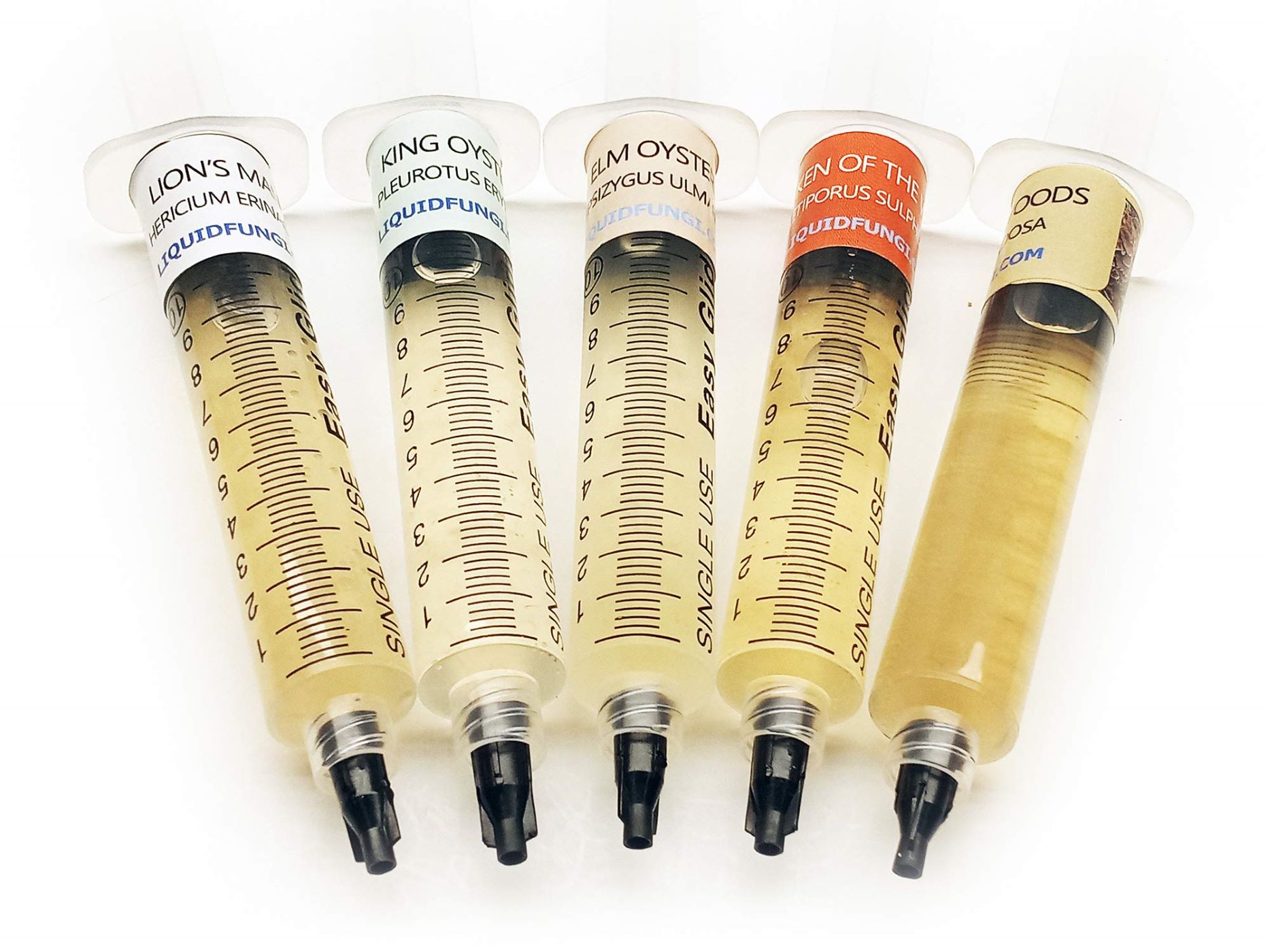
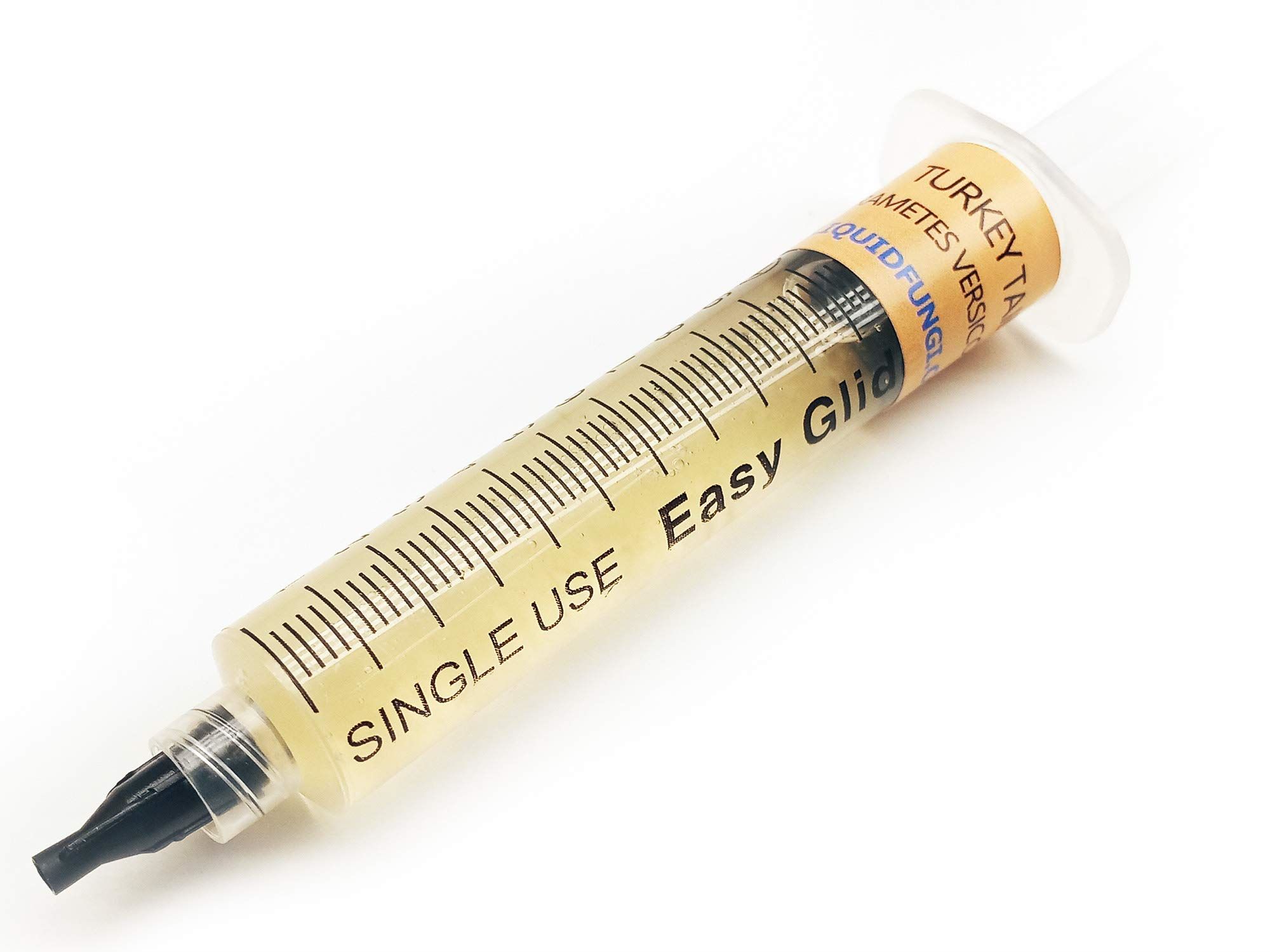


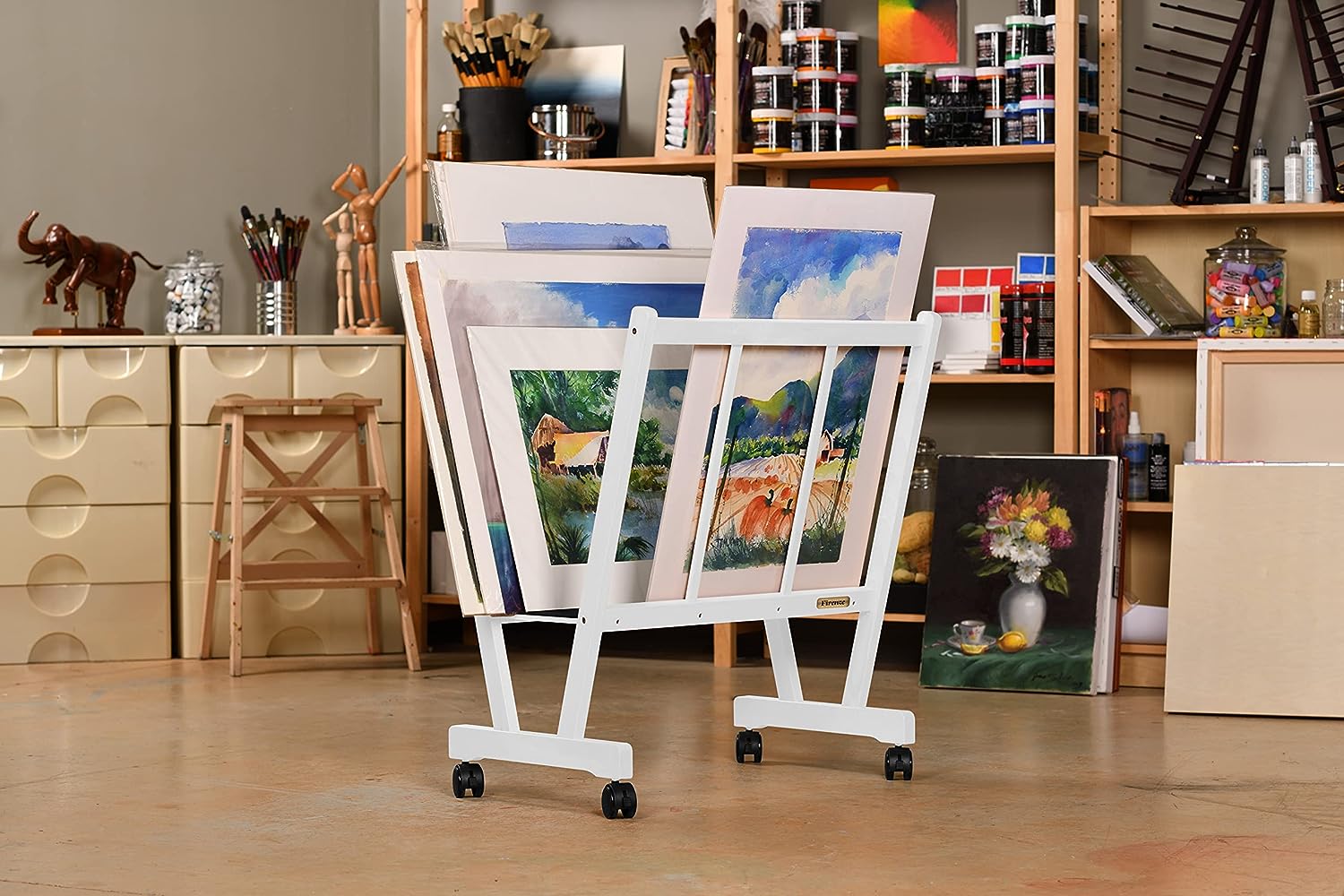
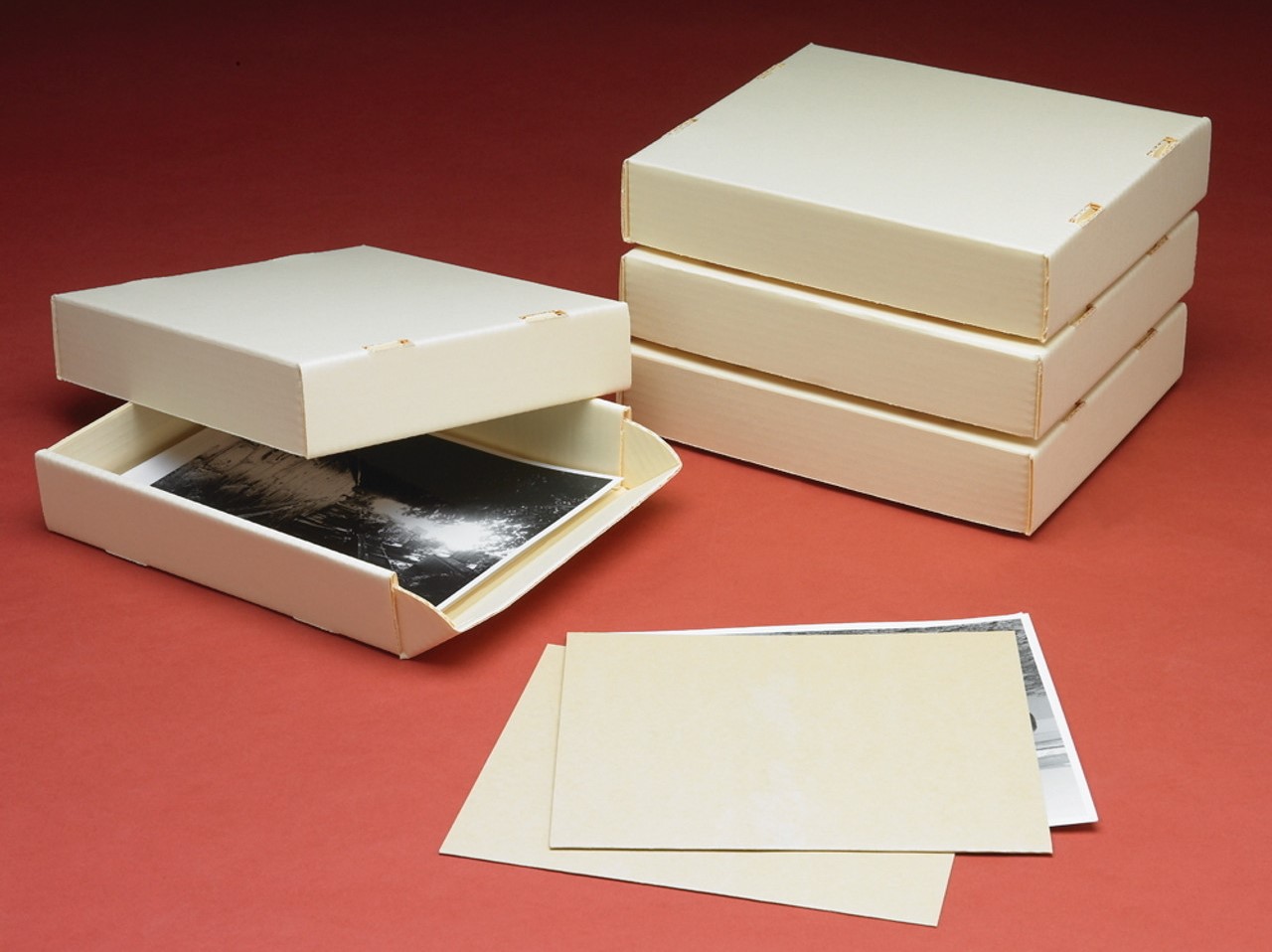
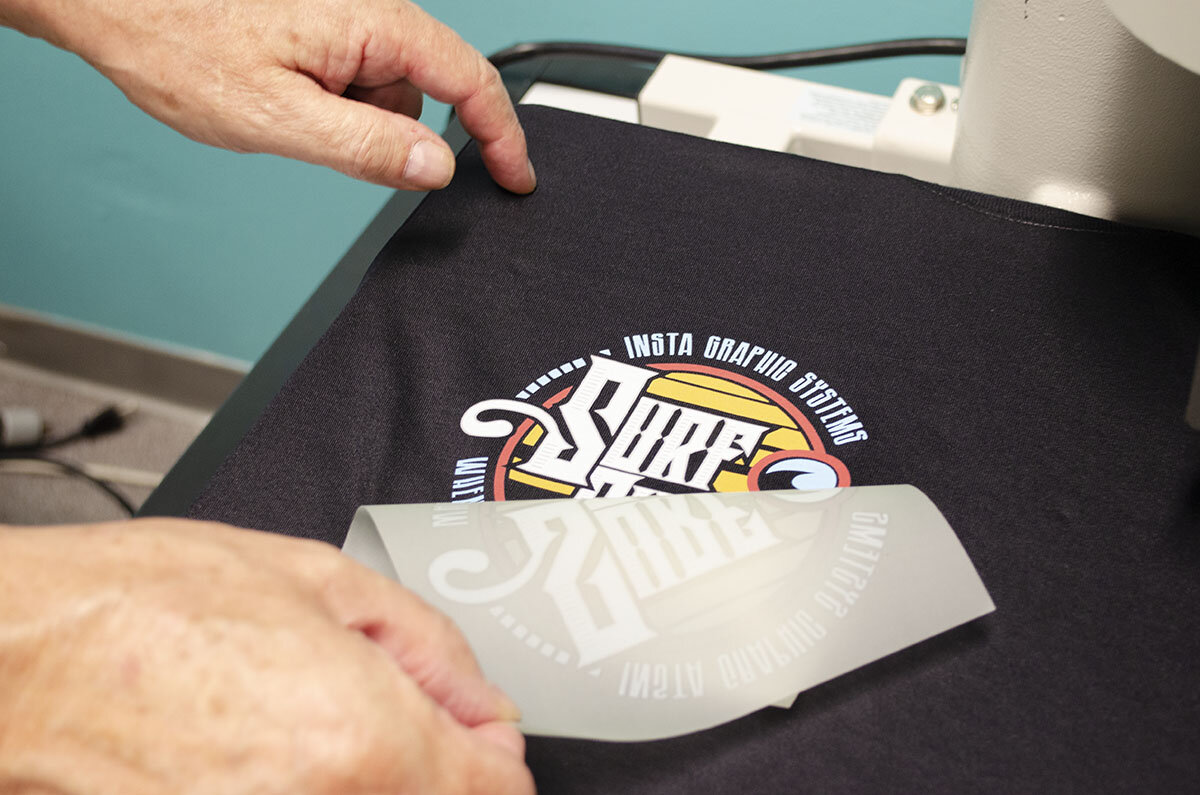

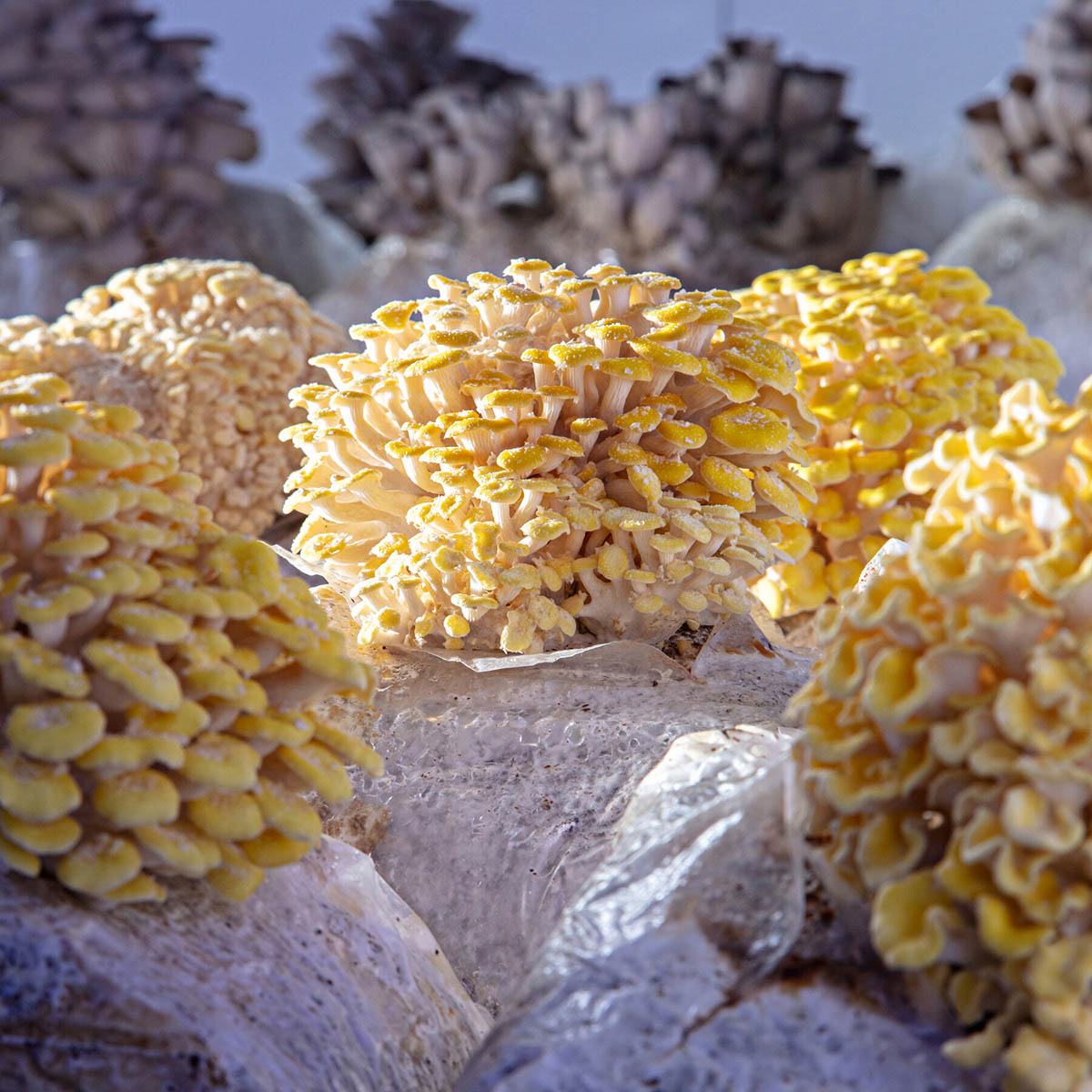
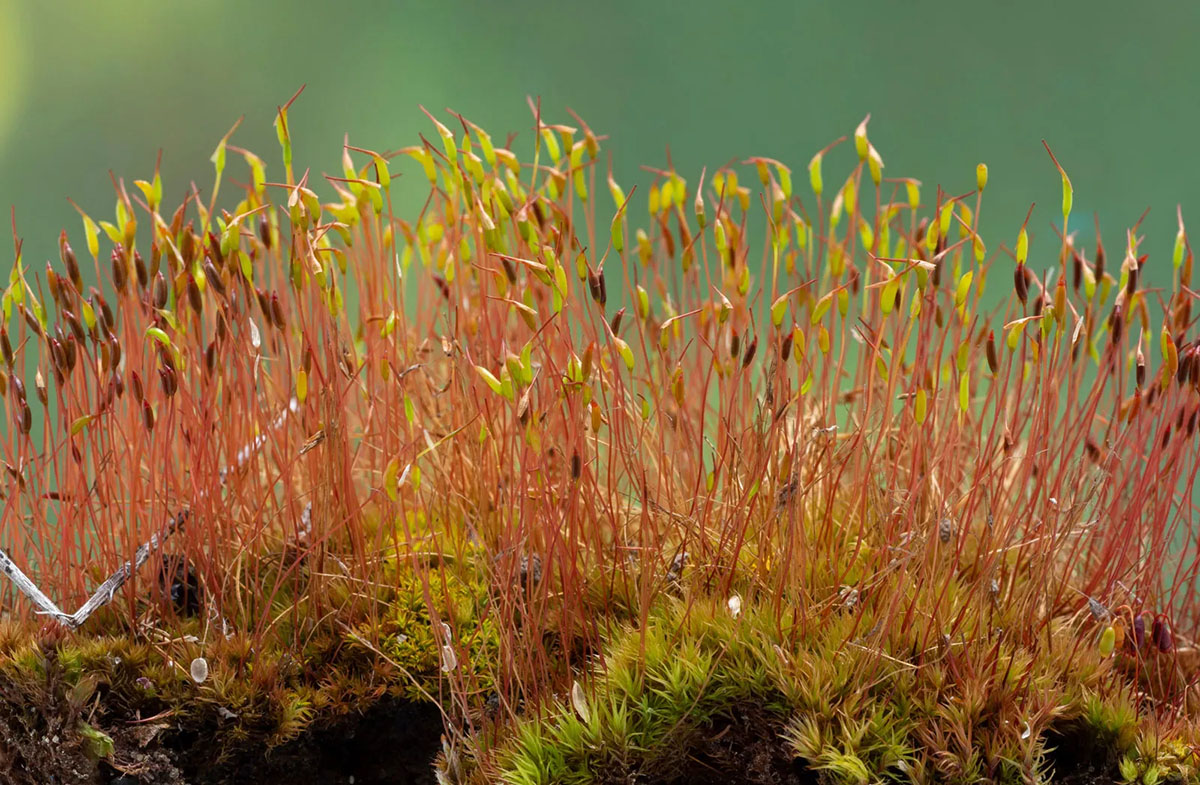
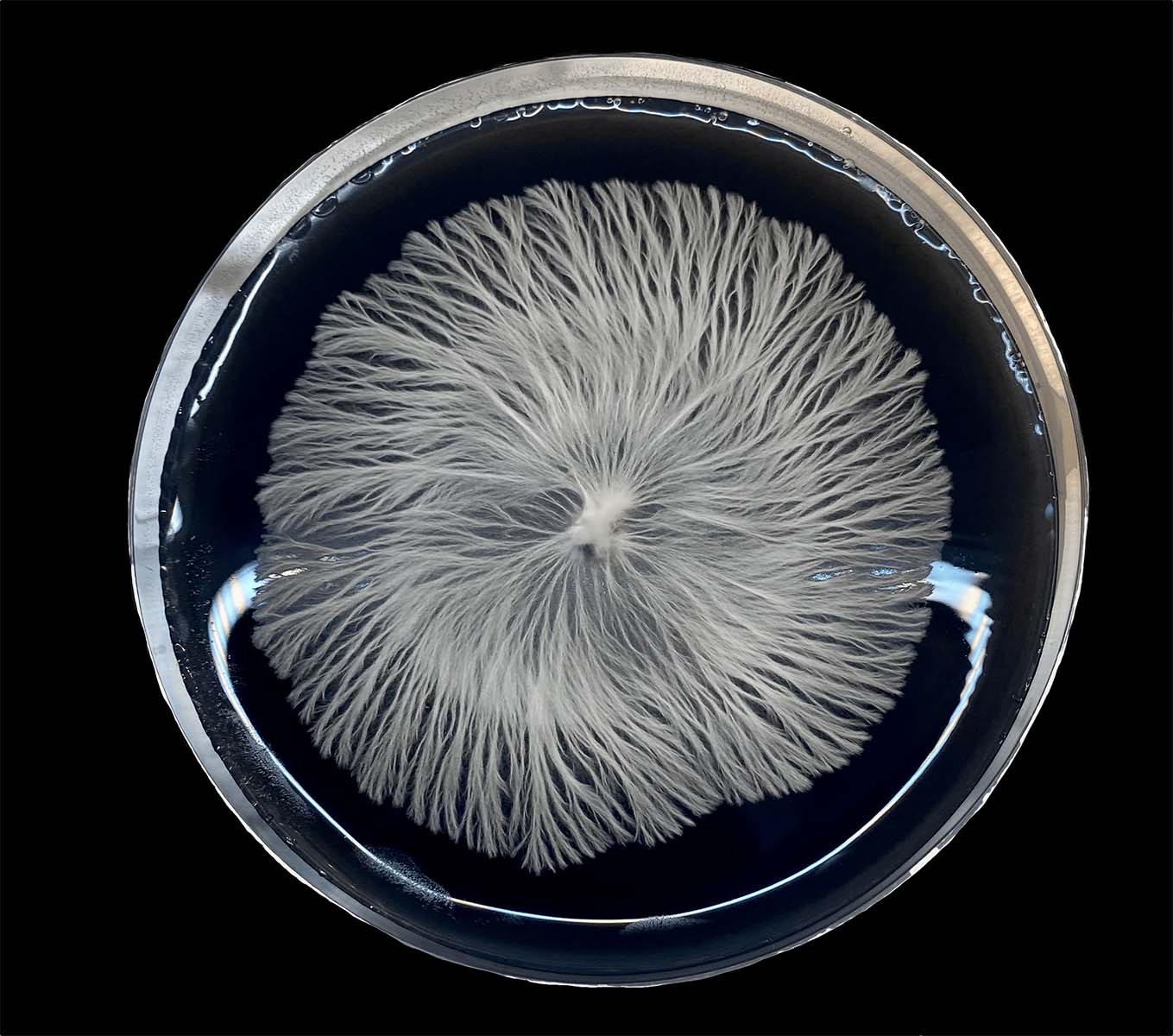
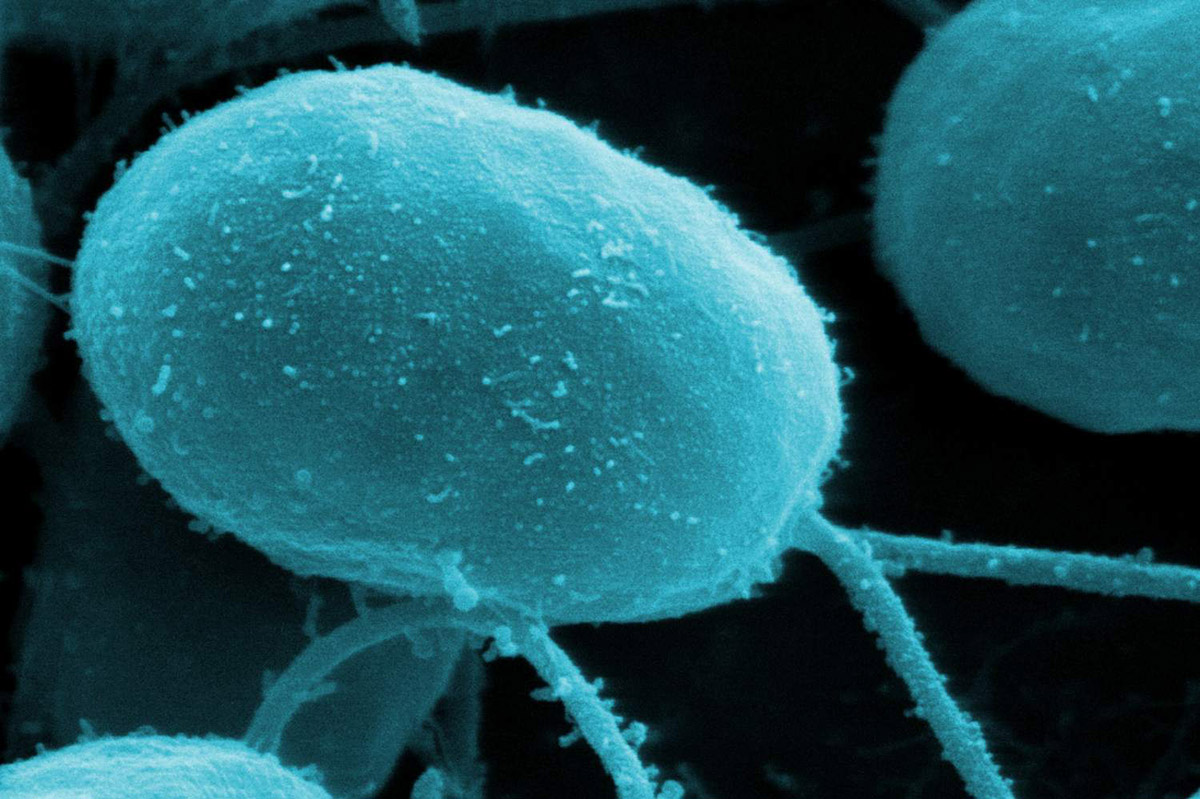

0 thoughts on “How To Store Spore Print”